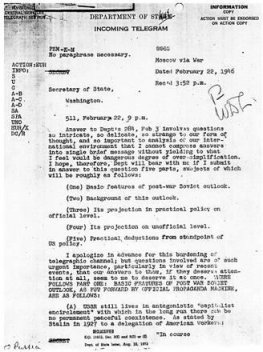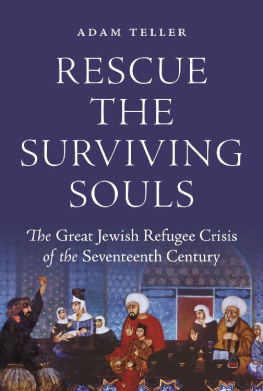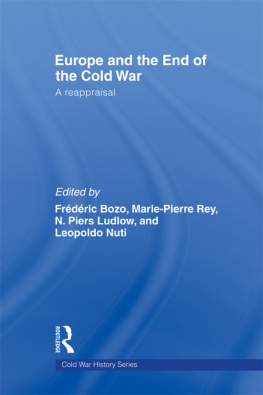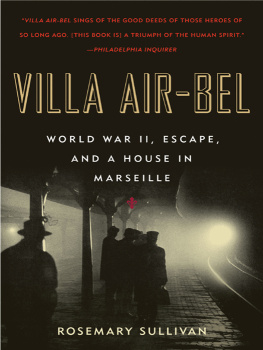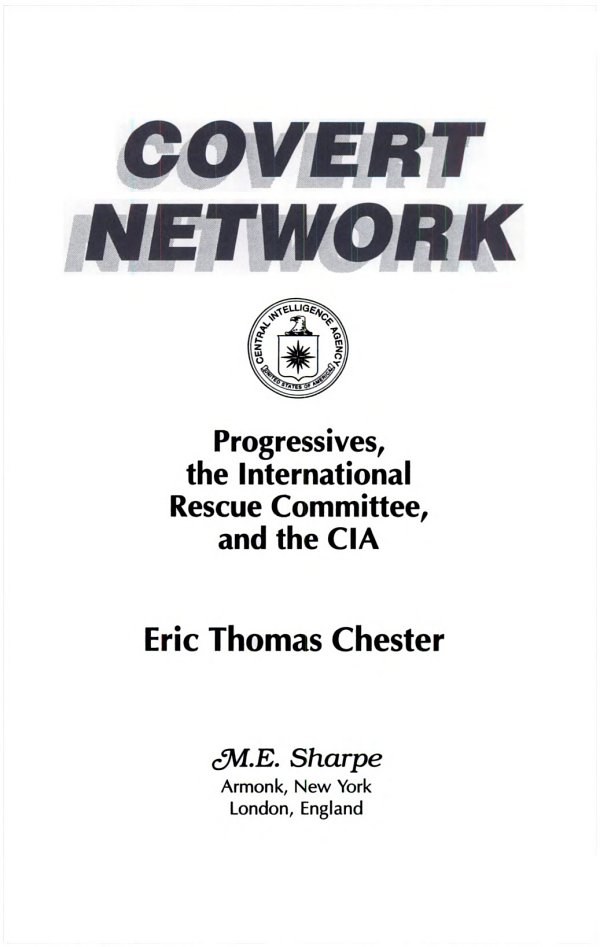To my son, Jeff
Acknowledgments
This book represents the culmination of a research project lasting several years. I have relied on documents found in more than twenty archives, primary source material that has allowed me to penetrate beneath the surface to gain a better appreciation of the underlying, but hidden, truth. I would like to thank the many archivists and research librarians who aided me in my search.
I would also like to thank the Seeley Mudd Manuscript Library at Princeton University for opening access to the Allen Dulles papers, as well as the Research Center at the Henry Ford Museum in Greenfield Village, Michigan, which agreed to lift the restrictions on an unpublished manuscript by William Greenleaf covering the early years of the Ford Foundation. Finally, the Ford Foundation gave me permission to quote from several Foundation-generated documents on deposit in its own archive.
The International Rescue Committee granted me permission to use several photographs from their archive. Robert DeVecchi and Jack Bode provided me with an insider's insight into the Committee. Alton Kastner was particularly helpful in locating photos and making them available to me.
Carolyn Eisenberg of Hofstra University and several anonymous reviewers read the manuscript and furnished me with perceptive comments. Shannon Davies of the University of Texas Press went through my work in detail and gave me a great deal of useful feedback. Michael Weber, my editor at M.E. Sharpe, saw the project smoothly through the many stages of the publishing process.
The contents of this book are my responsibility alone, and any errors of fact or judgment are my responsibility alone as well.
Introduction
The International Rescue Committee (IRC) is the largest, nonsectarian refugee organization in the world, with a budget of over ninety million dollars and a staff numbering in the hundreds. From its inauspicious origins in April 1933, the organization has blossomed into a worldwide operation, with allies at the highest levels of government and corporate power. Indeed, in November 1993, President Bill Clinton sent greetings to the notables attending the Committee's sixtieth anniversary banquet, praising it as a "beacon of hope and inspiration." Ten years earlier, the New York Times congratulated the Committee for "a half-century of urgent, shrewd, [and] often brave interventions for refugees."1
Yet the true history of the International Rescue Committee is not merely a straightforward, heartwarming story of a refugee relief agency providing humanitarian aid to the victims of wars and disasters. Throughout the Cold War, the IRC acted as an essential component of the covert network, the interconnected set of organizations helping the U.S. intelligence community to implement a variety of clandestine operations designed to destabilize the Soviet Union and its dependent allies. With the end of the Cold War, the Committee continues to operate in close conformity with the policy mandates of U.S. foreign policy.
In the years following World War II, U.S. decision makers came to understand the vital importance of political exiles who had fled from the Soviet bloc countries. These refugees could provide revealing insights into a closed society. Their skills could be utilized to implement specific projects, for instance, staffing ostensibly "private" radio stations transmitting to targeted countries. Finally, the defection of high-level officials and highly trained intellectuals undermined morale within the Soviet elite. These defections could also be exploited as a propaganda windfall in the protracted campaign of psychological warfare conducted between the two global superpowers.
Kindred Operations
The International Rescue Committee was only one of several organizations working within the same segment of the covert network, which handled refugees from the Soviet bloc countries. To survive, the IRC had not only to project its own distinctive program but also to maintain working relations with kindred operations, or suffer the consequences of destructive vendettas. In general, the IRC energetically exercised its mandate for refugee relief, expanding its purview beyond the limits of this narrowly defined jurisdiction. During the Cold War decades, the Committee eagerly sought to develop innovative projects that would gain the approval of the intelligence community and yet would not directly infringe on the existing programs of neighboring organizations.
Thus, a case study of the IRC necessarily includes a review of other organizations within the same sector of the covert network. Two of these organizations, the National Committee for a Free Europe (NCFE) and the American Committee for Liberation (AMCOMLIB), functioned as Central Intelligence Agency (CIA) proprietaries, operations originated and directly controlled by those within the intelligence community. Others, such as the East European Fund, an affiliate of the Ford Foundation, were similar to the Committee in being privately initiated projects enmeshed in a cooperative, working relationship with the CIA. Finally, there were several other refugee relief agencies in direct competition with the IRC, including some that had their roots in the exile communities of specific nationalities. For example, supporters of the Tolstoy Foundation, which reflected the interests and perspective of Russian monarchists, perceived the Committee as an immediate threat and, at one point, attempted to undermine it as a rival.
While the International Rescue Committee usually functioned as a refugee relief agency, it sometimes went beyond that role to sponsor covert operations with more provocative missions. In the 1950s, the IRC sponsored the Fighting Group Against Inhumanity, a West Berlin-based organization. During this period of instability and confrontation, the Fighting Group carried out a detailed plan of action intended to destabilize the East German regime, a plan that encompassed acts of terrorism and sabotage. In the 1960s, the Committee solicited funds for those digging large tunnels under the Berlin Wall, a method of escape that would be shelved after a lethal firefight between East German soldiers and one set of tunnel diggers. During the war in Vietnam, the Committee fostered the creation of the American Friends of Vietnam (AFVN), which organized a propaganda campaign extolling the South Vietnamese regime and its autocratic ruler, Ngo Dinh Diem. When the ties between the AFVN and the Diem regime were exposed, White House aides reporting directly to President Lyndon Johnson initiated the formation of a new organization, the Citizens Committee for Peace with Freedom in Vietnam, which operated along similar lines.
Social Democratic Ties
Throughout the most volatile confrontations of the Cold War, the International Rescue Committee was there, undertaking open and covert programs to advance U.S. foreign policy in the contested zone. Still, the Committee differed from most Cold War operations in that it unstintingly cultivated its ties to European social democrats, ties that had been first established in the period leading up to the outbreak of World War II. Furthermore, the IRC buttressed its credibility by encouraging the continuing participation of liberals and social democrats in leading positions within its ranks. Although a few of these prominent activists were themselves former refugees from occupied Europe, several of them emerged from the ranks of the American socialist movement.


